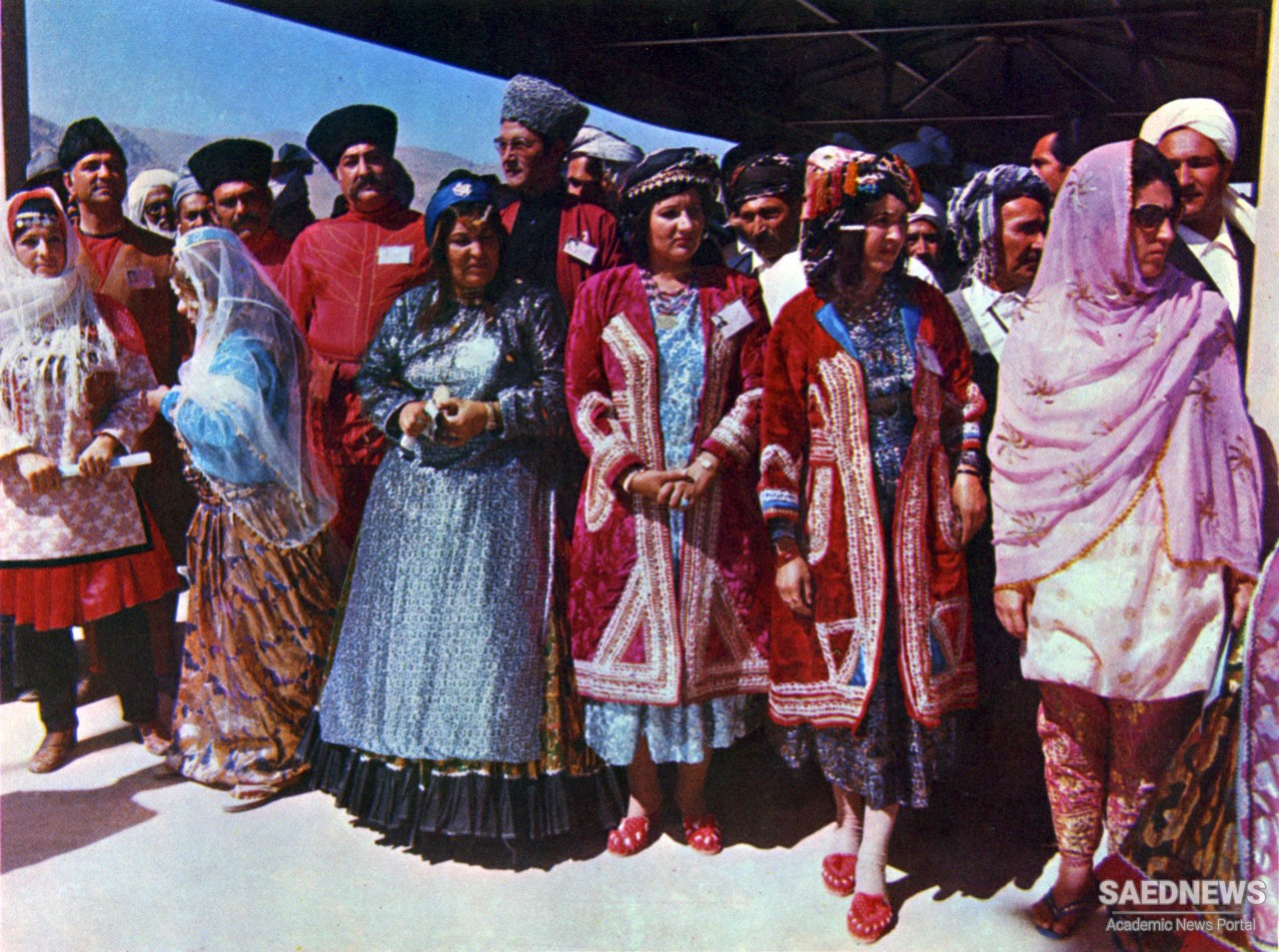The areas facing the Persian Gulf include Khuzestan, an expansive plain along both sides of the Kârun River in the southwest, and the Tangsir, a narrow and sparsely populated coastal strip along the Gulf. Khuzestan has a mixed population, which includes a substantial number of Arabs. It is, of course, best known in modern times for its petroleum industry, which has made Ahvaz, Abadan, and Khorramshahr major industrial centers. The Tangsir, or Tangestan, consists mostly of sleepy, isolated fishing and pearling villages; people there speak their own peculiar dialect of Persian. In general, the Iranian coast of the Persian Gulf has very few good ports, the two main exceptions being Bushehr and Bandar-e Abbas. In recent years, efforts have been made to build up islands like Kish or towns like Chahbahar as free-trade zones. In northwest Iran, Azerbaijan gets a fair amount of rainfall and has many pasturelands and relatively fertile mountain valleys that have always been attractive to nomadic groups seeking places to graze their animals. Many Turkoman tribes thus occupied this area in the centuries before and after the Mongol conquest, and most of the population of this area still speak a Turkic language. Because of its location, Azerbaijan has also been an important avenue of trade from the Iranian plateau to Anatolia and the Caucasus. In many ways, the cultural and economic ties of Azerbaijan have been closer to areas of the Caucasus than to the plateau. The major city of Azerbaijan, and one which has played a particularly important role in Iranian history in recent centuries, is Tabriz. The region is also home to Assyrian and Armenian Christian communities, especially in the area around Urmia, the great salt lake. To the south, in the mountainous areas of western Iran, live several non-Persian speaking ethnic minorities, the most important being the Kurds and the Lurs.


 Northern Iran: Provinces and Ethnic Features
Northern Iran: Provinces and Ethnic Features














































